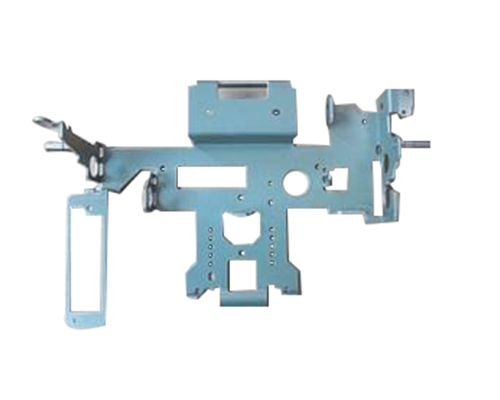Table of Contents
In recent years, the demand for touchless thermometers has surged, particularly in the wake of global health crises that have heightened awareness around hygiene and safety. These non-contact devices have become a staple in various settings, from hospitals to schools and even homes. But what exactly are the advantages and disadvantages of touchless thermometers compared to traditional mercury thermometers?
Understanding Touchless Thermometers
Touchless thermometers, also known as non-contact thermometers, measure body temperature without the need for physical contact. They typically use infrared technology to detect the heat emitted by the body, providing a quick and accurate reading. This method has gained popularity due to its convenience and the reduced risk of cross-contamination.
Advantages of Touchless Thermometers
- Hygiene and Safety: One of the most significant advantages of touchless thermometers is their ability to minimize the risk of spreading germs. Traditional mercury thermometers require direct contact with the skin, which can lead to the transfer of bacteria and viruses. In contrast, touchless thermometers allow for quick readings without any physical contact, making them ideal for use in public spaces, hospitals, and during pandemics.
- Speed and Convenience: Touchless thermometers provide instant readings, often within seconds. This speed is particularly beneficial in settings where time is of the essence, such as emergency rooms or during large-scale health screenings. Traditional mercury thermometers, on the other hand, require a longer wait time for accurate readings, which can be inconvenient in fast-paced environments.
- Ease of Use: Operating a touchless thermometer is straightforward. Most models come with a simple point-and-shoot mechanism, making them user-friendly for individuals of all ages. In contrast, using a mercury thermometer requires careful placement and often involves a learning curve, especially for parents taking their children’s temperatures.
- No Risk of Breakage: Mercury thermometers are made of glass and contain toxic mercury, which poses a risk if the thermometer breaks. Touchless thermometers, being electronic and typically made of durable plastic, eliminate this concern. This makes them safer for use in homes with children or in busy environments where accidents may occur.
- Versatility: Many touchless thermometers can measure not only body temperature but also the temperature of objects and surfaces. This feature is particularly useful for monitoring the temperature of food, liquids, or even the environment, making it a versatile tool for various applications.
Disadvantages of Touchless Thermometers
- Cost: One of the primary drawbacks of touchless thermometers is their cost. While traditional mercury thermometers are relatively inexpensive, touchless models can be significantly more expensive. This price difference may deter some consumers, especially those on a tight budget.
- Calibration and Accuracy: While touchless thermometers are generally accurate, they can be affected by external factors such as ambient temperature, distance from the forehead, and even the presence of sweat or hair. Traditional mercury thermometers, when used correctly, provide consistent readings that are less susceptible to these variables. Users must ensure that touchless thermometers are calibrated correctly to maintain accuracy.
- Battery Dependency: Touchless thermometers rely on batteries for operation, which means they can run out of power when you need them most. Traditional mercury thermometers do not have this issue, as they do not require any power source. This can be a significant disadvantage in emergency situations where a quick temperature reading is necessary.
- Limited Temperature Range: Some touchless thermometers have a limited temperature range, making them less suitable for certain applications. For example, they may not be able to accurately measure extremely high or low temperatures. In contrast, mercury thermometers can measure a broader range of temperatures, making them more versatile in specific scenarios.
- User Error: While touchless thermometers are easy to use, they still require proper technique to ensure accurate readings. Factors such as the distance from the forehead, angle of measurement, and environmental conditions can all impact the results. Traditional mercury thermometers, while requiring more time, often yield more reliable results when used correctly.
Conclusion
In summary, touchless thermometers offer several advantages over traditional mercury thermometers, particularly in terms of hygiene, speed, and ease of use. However, they also come with their own set of disadvantages, including cost, potential accuracy issues, and battery dependency. Ultimately, the choice between a touchless thermometer and a traditional mercury thermometer will depend on your specific needs and circumstances.
0












